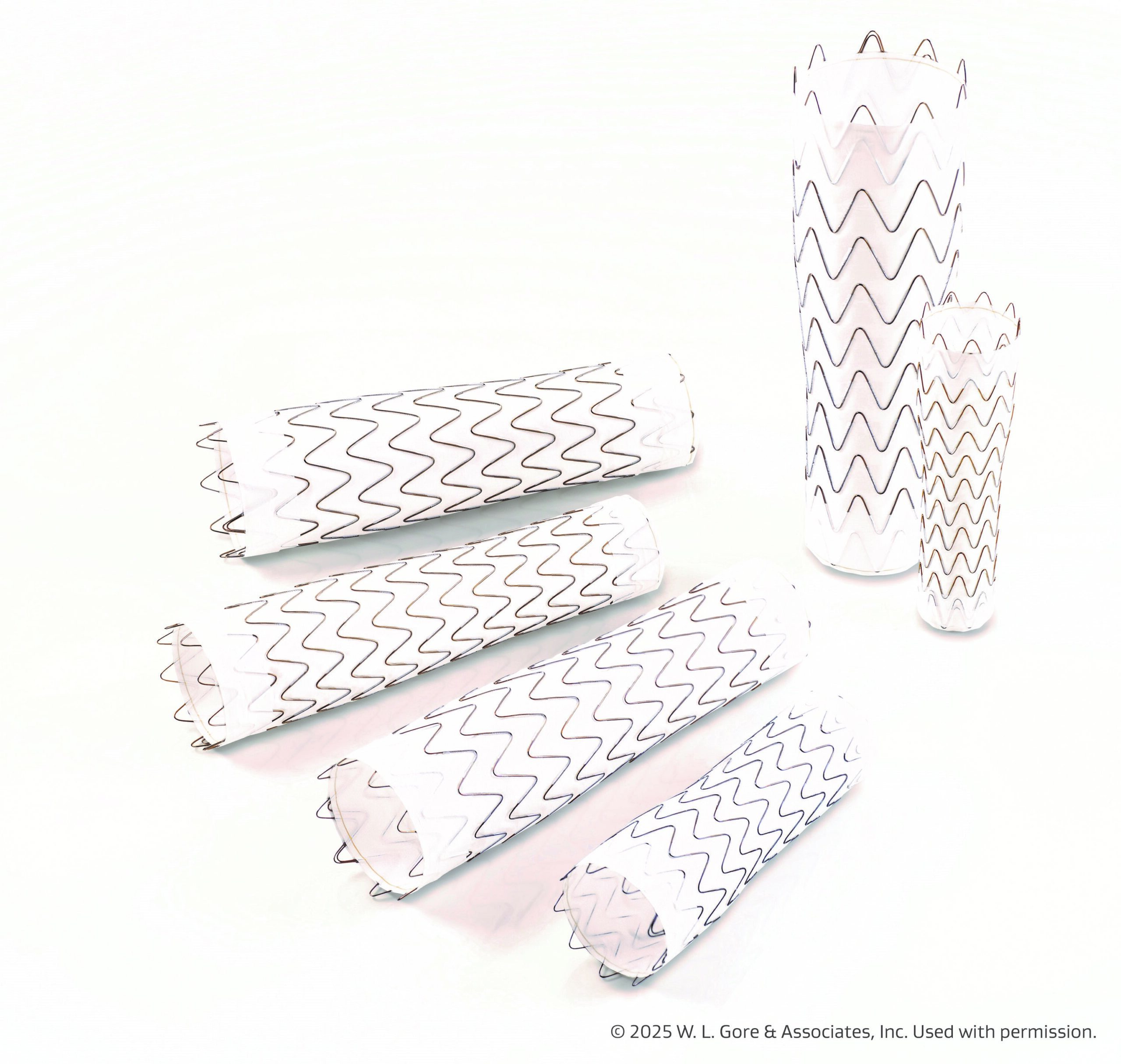
A study published in Structural Heart investigated patterns in the management of symptomatic severe aortic regurgitation (ssAR) using surgical aortic valve replacement (SAVR).
The authors wrote, “SsAR is a Class I recommendation for SAVR. We sought to evaluate the practice patterns and drivers of ssAR patients receiving SAVR treatment.”
For this analysis, the researchers utilized electronic health records from between 2008 and 2016 in the United States. Patients were identified if they were diagnosed with ssAR during the analysis period and demonstrated at least two symptom-related notes (including heart failure, angina, dyspnea, pre-syncope, or syncope) within six months prior to receiving their diagnosis.
The final cohort included 4,608 patients with diagnosed ssAR. One-quarter of patients underwent SAVR within one year of their diagnosis. Mortality at one year was markedly lower for patients managed surgically versus those patients left untreated, or 9% versus 24%, respectively.
The researchers used multilevel, multivariable, and cause-specific models to evaluate trends in management. They found that women were significantly less likely to receive treatment for ssAR compared with men (hazard ratio [HR]=0.79, 95% confidence interval [CI] 0.69-0.90). Additionally, patients older than 80 years were also less likely to receive treatment than younger patients (HR=0.28, 95% CI 0.22-0.37).
Concomitant aortic disorders were associated with increased likelihood of surgical treatment. Treatment was more common in patients with ssAR and moderate/severe aortic stenosis (HR=1.70), bicuspid aortic valve disease (1.33), or endocarditis (2.70) compared to patients without these comorbidities.
Upon multivariable Cox proportional hazard analysis, the investigators found that patients with ssAR who received treatment from cardiologists in the highest SAVR treatment rate tertile demonstrated a 23% lower risk of one-year mortality compared to patients managed by cardiologists in the lowest SAVR treatment rate tertile (HR=0.77, 95% CI 0.60-0.98).
In conclusion, the authors wrote, “We identified significant disparities in the treatment of ssAR patients, specifically women, older patients, and patients managed by cardiologists with a lower SAVR treatment rate. These gaps should be addressed to level the quality of care delivered to all ssAR patients.”







 © 2025 Mashup Media, LLC, a Formedics Property. All Rights Reserved.
© 2025 Mashup Media, LLC, a Formedics Property. All Rights Reserved.